Abstract
Root vegetable agriculture in Japan, especially yam farming, has grown steadily in recent years. The 2022 crop area harvest will reach 157kt nationwide, the highest figure ever, indicating the importance of cultivation. Wild yam is a traditional Japanese food ingredient and demand is steadily increasing. On the other hand, shipping volume has remained at 133kt, indicating that supply continues to exceed demand. This reflects the increasing demand for root vegetables and shows that producers are working hard to put in place to meet that demand. Additionally, root vegetables, including wild yams, occupy an important position in Japanese food culture, with each region developing its own unique varieties and cultivation methods. As demand is expected to continue to increase, producers and related industries will strive to improve quality and efficiency in order to achieve sustainable development in root vegetable agriculture.
Wild yam planting area and harvest volume (main data).
Since 1973, wild yam cultivation in Japan has seen significant fluctuations. The peak planting area and harvest volume reached 204kt in 2005, reflecting a high demand and productivity at that time. Currently, the sector operates at 77% of this peak level, indicating a notable decline. This trend suggests a reduction in both planting area and harvest yields in recent years, possibly due to changing agricultural practices, market demand, or environmental factors. Despite this decline, wild yam remains a key crop in Japanese agriculture, albeit with diminished scale compared to its historic highs.
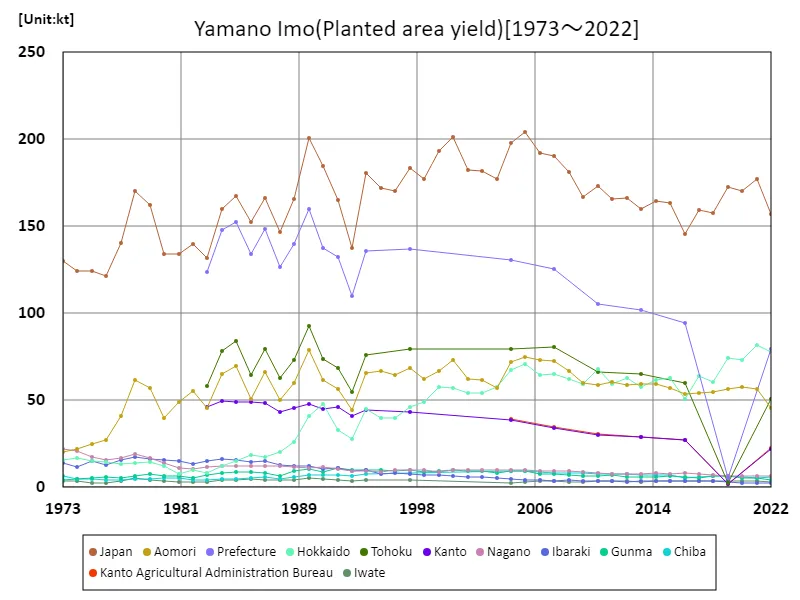

The maximum is 204kt[2005] of Japan, and the current value is about 77%
Wild yam planting area and harvest volume (by prefecture).
As of 2022, Hokkaido leads Japan in root vegetable cultivation with a significant planting area and harvest volume of 77.5kt, marking the highest figures nationwide. Historically, root vegetable production has varied across prefectures, with Hokkaido consistently emerging as a major player due to its favorable climate and large agricultural lands. The current data underscores Hokkaido’s dominance in this sector, reflecting a stable and robust production environment. While other regions also contribute to root vegetable farming, Hokkaido’s superior figures highlight its pivotal role in Japan’s root vegetable agriculture.
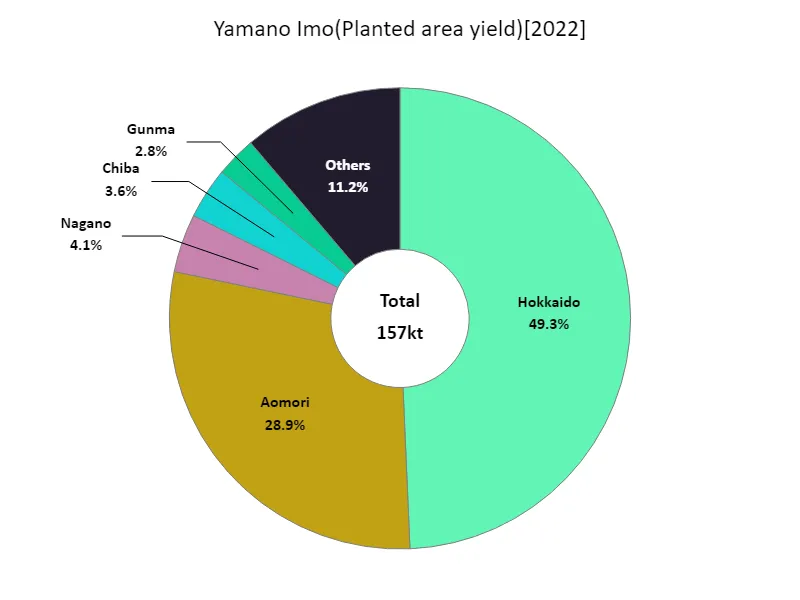

The maximum is 77.5kt of Hokkaido, the average is 3.34kt, and the total is 157kt
Yam shipping volume (main data).
From 1973 to 2022, the shipping volume of wild yam in Japan reached a peak of 164kt in 2005. Currently, the volume is at 81.4% of this peak level, indicating a significant decrease since the height of production. This decline may reflect shifts in consumer preferences, changes in cultivation practices, or economic factors affecting the root vegetable market. Despite the reduction, wild yam remains an important crop, with current shipping volumes still substantial but falling short of past highs. This trend suggests a need for further analysis to understand the underlying causes of the decreased shipping volumes.
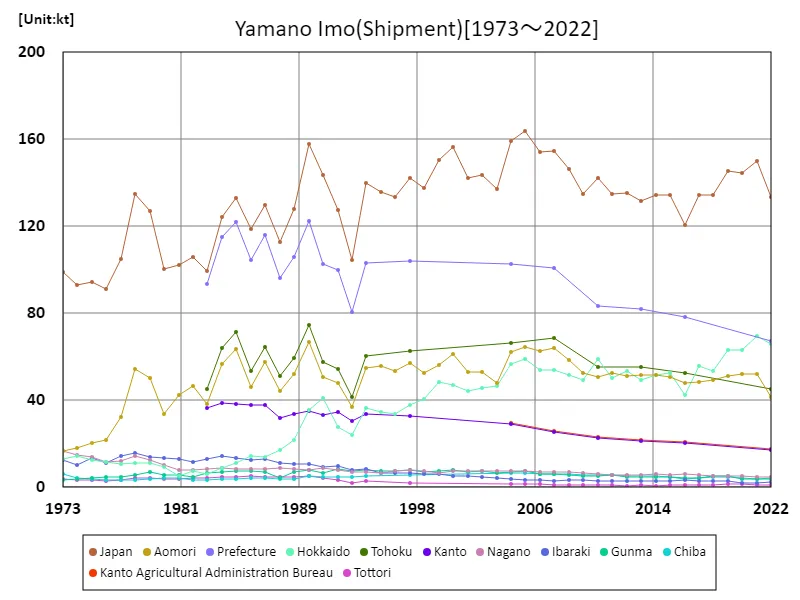

The maximum is 164kt[2005] of Japan, and the current value is about 81.4%
Wild yam shipping volume (by prefecture).
As of 2022, Hokkaido leads Japan in root vegetable shipments with a notable volume of 66.1kt, the highest nationwide. This highlights Hokkaido’s significant role in root vegetable production, attributed to its extensive agricultural land and favorable growing conditions. Historically, Hokkaido has been a major contributor to Japan’s root vegetable supply, and current data reaffirms its dominant position. The concentration of shipping volume in Hokkaido underscores regional specialization and the prefecture’s critical role in meeting national demand for root vegetables.
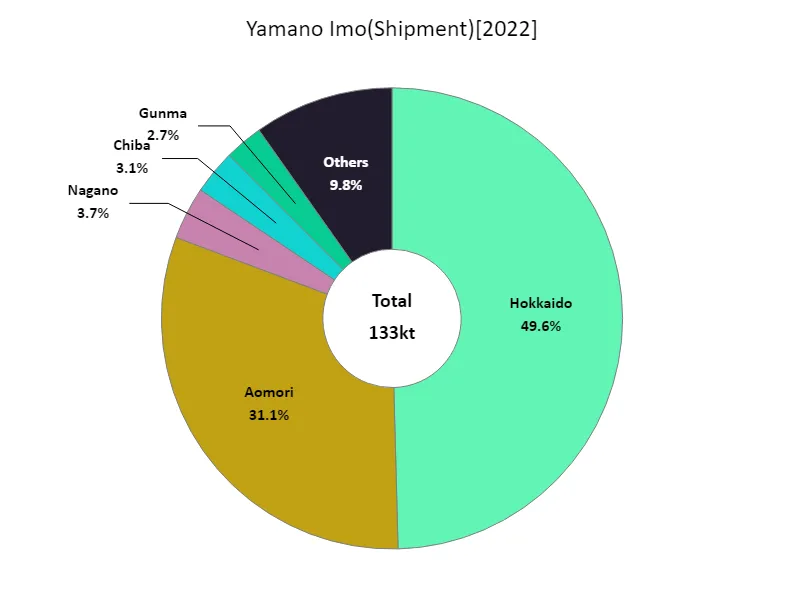

The maximum is 66.1kt of Hokkaido, the average is 2.84kt, and the total is 133kt
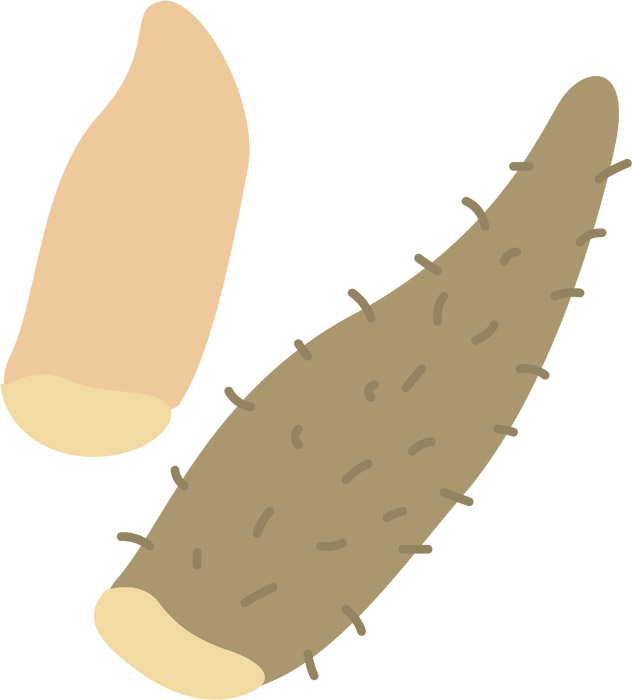


Comments